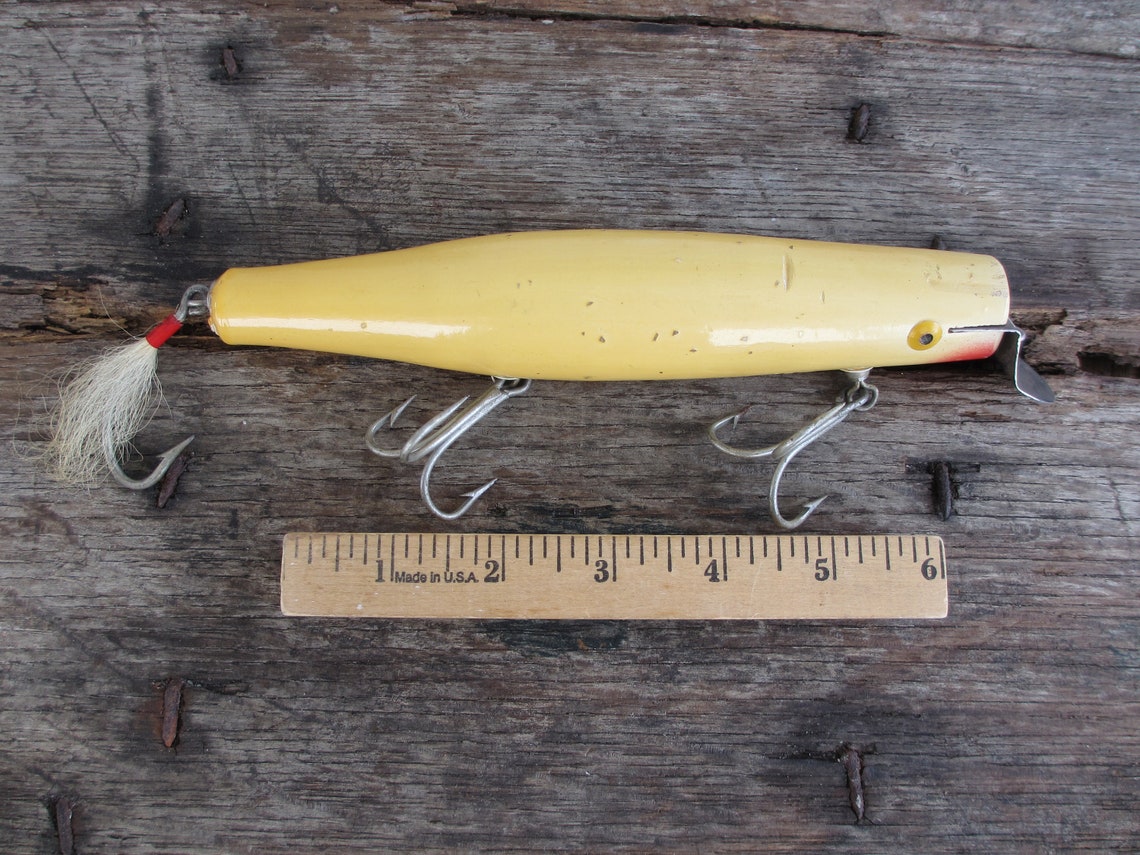
I guess, in a way, this variety and uncertainty is a big part of what makes fishing the late fall surf so exciting! However, there are times and locations where sand eels, sea herring and even squid add into the mix, not to mention more isolated events where such forage as juvenile weakfish or Atlantic mackerel top the menu of local predators. In general, where I fish in southern New England, I most commonly encounter silversides, bunker (peanuts on up to adults), mullet and hickory shad. That said, there are some generalities that can be made regarding bait in the fall surf as it relates to striped bass and bluefish based on what has happened in the past when we look at not what has taken place over the span of a year or two, but over a much longer timeframe. The unpredictable weather often seen in the fall has a way of shaking things up, moving bait around and sometimes even ruining a good thing we have going. Trying to predict not only where the fish will be, but also what bait they’ll be feeding on can be difficult. Even the best-laid plans can be thrown right out the window when Mother Nature drops a surprise nor’easter on us, or we see snowflakes in the short-term forecast. In the fall, however, it is not as simple. In the early part of the season weather patterns in New England can be far more easily predicted. Heck, the late fall can oftentimes be worlds different week to week and even day to day!
#Best lures for bluefish license
Make sure to have your fishing license each time you go.There are some very big differences in fishing the fall surf-say, any time after October 1-than those outings of July or August.
#Best lures for bluefish how to
There’s no better way to learn how to fish a bucktail in the surf than to get out there and do it as often as possible. Fish often follow a lure and strike when they think the prey is about to escape, so don’t stop your retrieve too short.

Retrieve a jig all the way back to your position, and through the surf line if you’re standing on the beach.In place of pork rind, try strong synthetic (and scented) strip baits. Pork rind, now hard to find, has long been a popular and durable jig trailer, and is especially useful where bluefish are prevalent.Tough and durable are important attributes. Natural bait is also a good addition to a bucktail squid and fish belly are common, the former especially for flounder.Try a curl-tail version for stripers and flounder, and a shad-tail version for drum, speckled trout, and redfish. Soft-bodied trailers can make an appealing addition to a bucktail.When local bait is small, a plain bucktail without any addition may be best.A slow retrieve along the bottom is generally best for flounder, speckled trout, and striped bass. When fishing a bucktail in the surf, a fast retrieve just below the surface is good for bluefish and Spanish mackerel. Vary your retrieve depending on the available species.The latter are especially good for blues and Spanish mackerel. Other top color considerations include chartreuse bucktails and bucktails with sparkled streaks, such as mylar or crystal flash, in the body dressing.


It’s a leadheaded jig dressed with hair from a deer. Before you read the following tips on how to fish a bucktail in the surf, let’s review what a bucktail actually is.


 0 kommentar(er)
0 kommentar(er)
